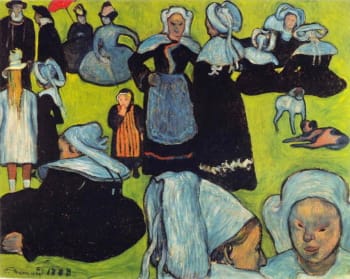
The “Oude Vinck” Restaurant in Leyden, 1905
Max Liebermann Painter
- Free 2-day shipping. Buy Liebermann, Max - Constipating old woman at the window-12 Inch BY 18 Inch Laminated Poster With Bright Colors And Vivid Imagery-Fits Perfectly In Many Attractive Frames at Walmart.com.
- Calarty is a desktop-integrated one-look calendar giving you a beautiful painting each month.We hand-picked all those paintings, to bring you the best experience right to your Mac desktop. Max Liebermann (20 July 1847 – 8 February 1935) was a German-Jewish painter and printmaker, and one of the leading proponents of Impressionism in Germany.(source:Wikipedia).
We have information on 14 results for Max Lieberman, including phone numbers and addresses. We also found 14 background checks for Max Lieberman, including criminal records. Every second, Whitepages helps 19 people do reverse phone lookups, find people, and get background reports, including public records, in order to make smarter, safer decisions. Max Liebermann at The Jewish Museum Photos courtesy of the Jewish Museum. STEINER ART TIMES April 2006. SOME FORTY-SIX works of the Berlin painter Max Liebermann — largely oils on canvas, but a few on wood or cardboard, and ranging from 1873 to 1934 (the year before his death) which pretty much covers his development from academic realism to what some have called “German.
Max Liebermann is the only painter in Germany who can be called an Impressionist. Corinth and Slevogt (who participated with him in the Berlin Secession of 1898) only occasionally painted pictures influenced by the French movement.
The son of a Berlin banker, Liebermann lived in Paris from 1873 to 1878, and spent his summers in Barbizon. The influence of the Manet of Rueil is very recognizable in his work. In his own country, Liebermann introduced and championed Monet and his group. In 1878, he wrote an essay on Degas, with whom he felt certain affinities, notably that of considering black as a color.
In his transition from the Realism of Courbet and the Barbizon School to the subtle nuances of the Impressionists, Liebermann painted a number of self-portraits in which he depicts himself a dry and mordant observer.
He paints this outdoor restaurant in Leyden with a clear, transparent, and careful touch, venturing in the execution those difficult patches of sunlight dear to Monet and Renoir. By the sketchy expression of his brush, the improvised appearance of his drawing, the clarity of such tones as the white and yellow, his way of opening the canvas to light and air, and of preserving an often marvelous limpidness of color, Liebermann takes his place, although tardily, among the Impressionists of the early style.
Max Liebermann Paintings

Clarity Max Liebermann
Courthion, P. (1989). Impressionism. New York: Galahad Books.

